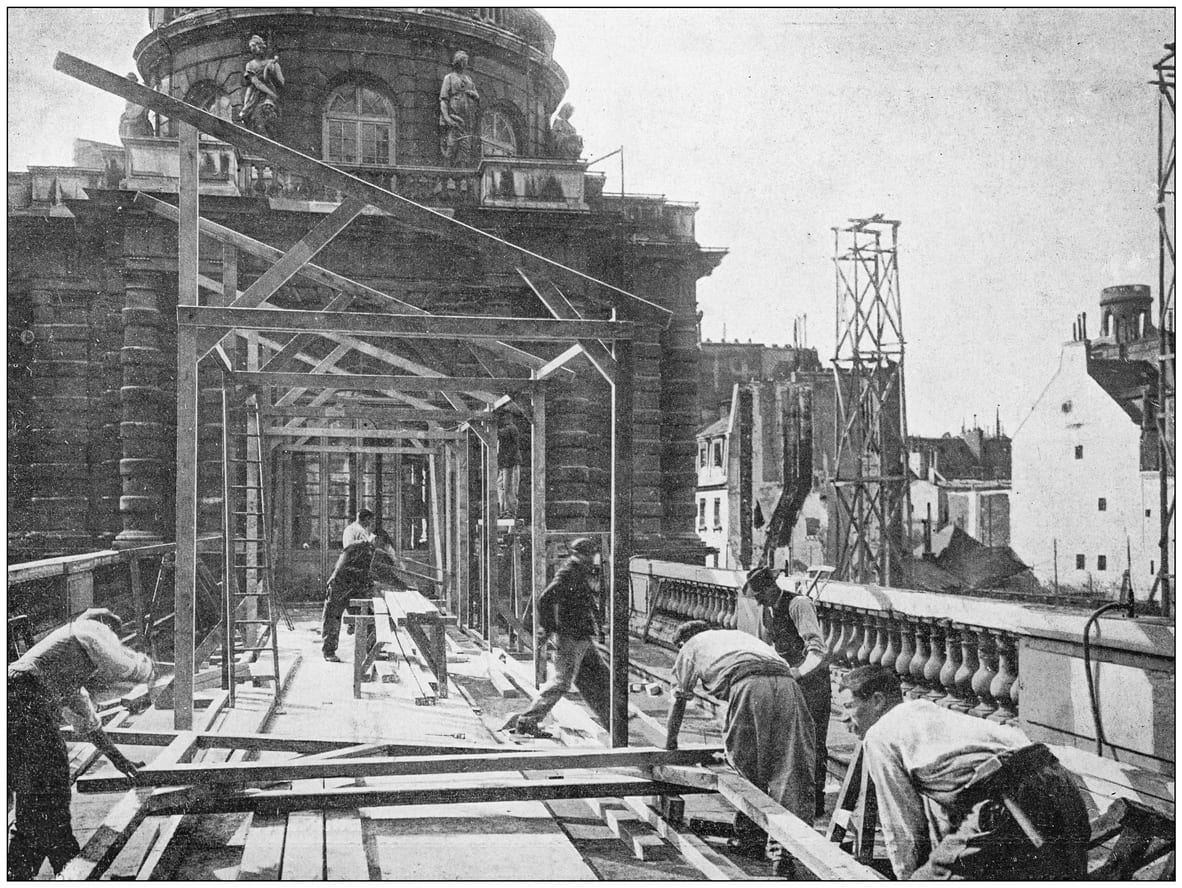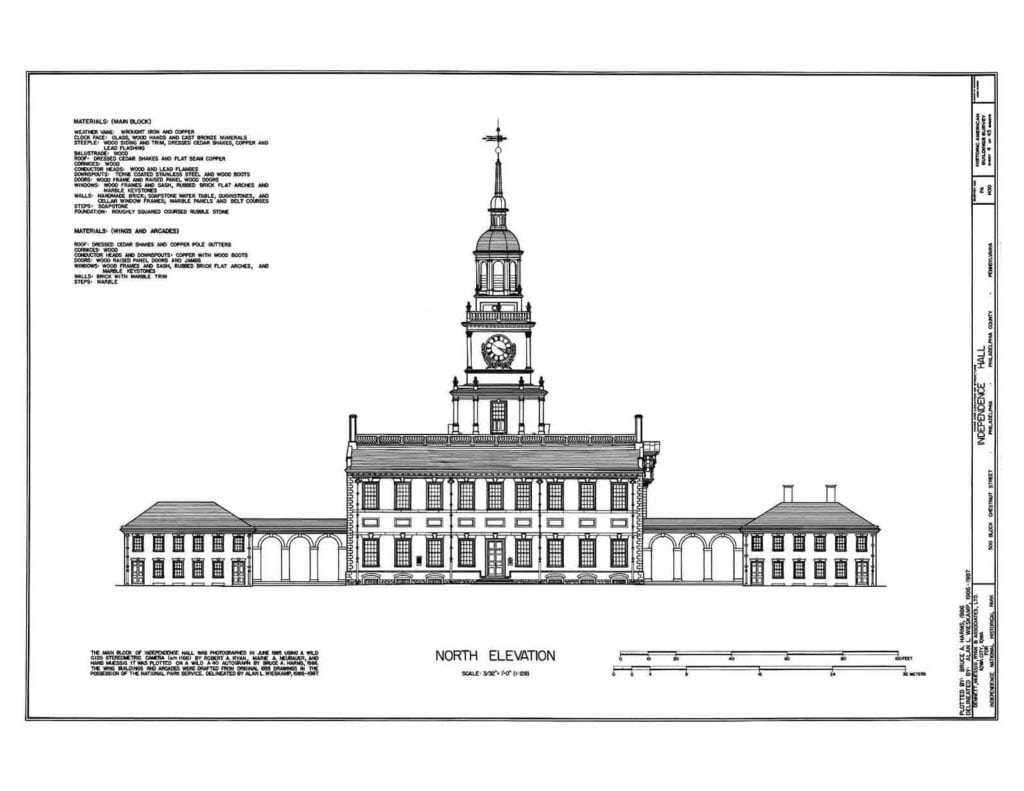
Daily News | Online News
Each year, the third Friday of September is National Tradesmen Day. IRWIN Tools started the observance in 2011. We take a look at some of America’s most iconic landmarks and the tradespeople who helped build them.
Here is a sampling of these extraordinary structures:
Daily News | Online News Hoover Dam
Built by a consortium of six companies, the Hoover Dam required 4.4 million cubic yards of concrete and served as a beacon of hope for thousands of workers during the Great Depression. Besides the dam, it required an entire community complete with infrastructure and rail lines. Tradesmen also built multiple plants, including “a gravel-screening plant, concrete-mixing plants, air compressor plants, and a plate steel fabricating plant.”
To counteract the immense heat generated by tons of concrete curing during around-the-clock pours, workers even installed piping through cored blocks to allow ice-cold water to cool the batches. The job took 5,000 tradesmen and 21 months to complete, and it is nowadays listed as a National Historic Landmark and one of the seven modern engineering wonders of the world.
Daily News | Online News Empire State Building
Built by mostly immigrant tradesmen and Native Americans from the Mohawk Tribe, the 102-story Empire State Building is famous for speed-to-completion. Once the earthworks were completed, crews built 4.5 stories of framework each week and finished the structure in just 410 days.
With few safety requirements, pictures from the day show men defying death to perch unprotected on beams and girders. Five died during construction. The 3,400 workers finished the job 12 days early.
The building was the world’s tallest for 40 years, and in 1986 Donald Paul Hodel, interior secretary, designated it a National Historic Landmark. Today, it is also Energy Star certified and holds a LEED Gold Certification for Existing Buildings.
Daily News | Online News Independence Hall

Started in 1732, this iconic building saw meetings of the Second Continental Congress, signing of the Declaration of Independence, the Constitutional Convention, and George Washington’s appointment as the chief of the Continental Army. It’s also where the founders adopted the Articles of Confederation in 1781 and approved the U.S. Constitution in 1787.
Master Builder Edmund Woolley managed the building’s construction, and it’s no coincidence Woolley chose bricks. Philadelphia sat on a huge deposit of suitable brick clay. In fact, Philadelphia’s claim to fame for nearly two centuries was its bricks. Besides brick makers, Philadelphia also had many tradesmen with masonry and carpentry skills, making this iconic building a locally done deal. It is the home of the Liberty Bell. It’s now designated a UNESCO World Heritage Site.
Daily News | Online News Georgia’s Flatiron Building
Its official name is the English-American Building, and it is the oldest standing steel-framed skyscraper in Atlanta. Constructed in 1897 as an office building, it is four years older than its look-alike in New York City.
It was common in the late 1800s to build a frame out of steel going up 10 to 15 stories and then clad the frame. Since the Flatiron Building was going up 22 stories, workers finished 10 stories and started cladding them while steel framing continued above. Tradesmen used limestone piers at the base and stone for the upper stories. In 2015, the building got a makeover.
Today, the Flatiron Building has diverse tenants focused on B2B start-ups catering to industries like the airlines, logistics, chemical/refinery, digital advertising, and music.
Daily News | Online News The Willis Tower
The world’s tallest building until 1998, tradesmen took three years to complete it, finishing out in spring 1973. It was famous for its steel-framed bundled-tube construction. By grouping narrow steel cylinders to form thicker columns, the technique saved on steel, eliminated wind braces inside, and opened interior space to more creative design.
Called the Sears Building until 2009, the 110-story Willis Tower is the second tallest building in the country. Besides every other imaginable trade contributing to the Willis’ construction, glazers starred by installing 16,100 bronze-tinted windows. The electrical trades installed 145,000 light fixtures and 43,000 miles of telephone cable, while steelworkers tamed 76,000 tons of steel.
Daily News | Online News Gateway Arch
In 1935, The National Park Service founded the Gateway Arch National Park (formerly known as the “Jefferson National Expansion Memorial”) on the Mississippi River in St. Louis. From the beginning, this would not host any usual looking structure, and the tradesmen needed for the job were a unique breed. The arch used a new concept of stress analysis and structural design to make its inverted catenary curve possible.
Completed in 1965, the arch sits on triangular legs that are 54 feet long and is 630 feet high at its center point. At ground level, there are three feet between the outer steel wall and the inner steel wall. But that tapers to just about eight inches between them at the top. Tradesmen filled the hollows in the walls with concrete up to 300 feet, and from there they used steel stiffeners. Crews had to lift 142 sections into place using cranes mounted to the finished portions. They then welded the sections inside and out, leaving no fasteners showing on any of the interior or exterior surfaces. With no structural skeleton, it is the joining of the inner and outer metal skins that gives it its strength and endurance.
Daily News | Online News The Taos Pueblo
Tradesmen have always been with us, and in the United States, some of the earliest were Native American. The Taos Pueblo stands as one of the oldest landmarks left by people on this continent. According to the estimates, it was built approximately 700 years ago to replace the “Cornfield Taos” pueblo located east of the more modern structure. Today, it is a UNESCO World Heritage Site.
This was definitely a labor-intensive structure. Tradesmen mixed earth with straw and water and either packed the mixture into wall forms, or into brick forms, dried the blocks, and stacked them. The structure rose much like modern apartment buildings, with each succeeding level supported by the one below. These builders, though, had fewer openings to deal with—there were no doors and windows in the original design. People entered through holes in the roof, using ladders to reach them.
Daily News | Online News Golden Gate Bridge
This iconic American bridge carries 40 million vehicles a year. Started in 1933, it took a little over four years to complete. Tradesmen fabricated the steel in Pennsylvania and then shipped it through the Panama Canal to San Francisco Bay. A notable aspect of the construction was the emphasis on safety.
While not the first project to require hard hats, it was the first one to enforce wearing them vigorously. Many high-rise and bridge projects of the day saw tradesmen trying to outdo each other in aerial acrobatics by balancing on girders’ tips or “stunting on the ends of cables.” On this project, however, those antics were grounds for dismissal.
Glare-free goggles, skin cream to protect from the winds, special diets to fight dizziness from the heights, an on-site field hospital, and a safety net rounded out the major safety efforts. The net saved 19 tradesmen, but 11 still died during the construction. It wasn’t uncommon in the 1930s for such projects to claim one life for each million dollars in project cost. At a cost of $35 million, this project cheated the grim reaper out of 24 victims.

0 Comments :
Post a Comment